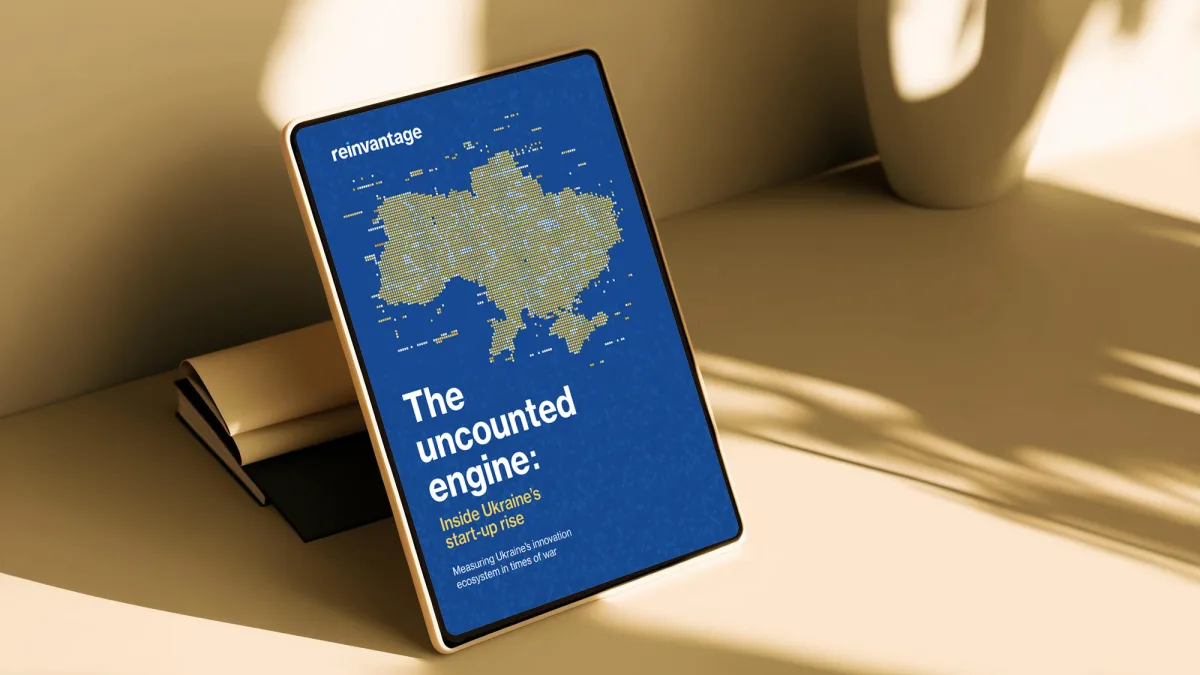A couple of weeks ago, I had the chance to open the CX Outsourcers Mindshare event in Munich. I didn’t begin with a forecast or a prediction. I began with a question: What if the experience itself needs reinventing?
Not just optimised. Not redesigned. Reinvented.
Over the past few decades, we’ve invested heavily in streamlining operations, layering on technology, and reworking touchpoints.
We’ve mapped customer journeys, tracked sentiment, added personalisation, removed friction. And yet much of this work still lives inside an experience model shaped by assumptions that no longer hold.
We assume that customers move through systems in predictable ways. That loyalty follows logic. That satisfaction is an adequate proxy for value. But what if the model itself is out of date?
In Munich, I shared five signals that suggest exactly that.
The first is that disruption is no longer episodic—it’s permanent. The idea that we’re moving through a period of transformation before things settle again is a myth. Stability is no longer the baseline. Disruption is the operating environment. And in that environment, reinvention isn’t a project—it’s a posture.
Second, the sources of disruption are becoming harder to anticipate. It’s not just technology driving change. It’s shifting customer expectations, cultural rewiring, demographic pressure, climate volatility, geopolitical fragmentation. These forces shape not just what customers want—but how they trust, decide, and engage.
Third, fatigue is showing up everywhere. Teams are stretched by constant transformation. Customers are tired of complexity and contradiction. The experience we’re delivering might be efficient, but that doesn’t mean it’s energising—or even clear. We don’t talk enough about the emotional cost of navigating systems that are perfectly optimised but deeply exhausting.
Fourth, AI is not just accelerating delivery—it’s changing the structure. The idea that experience lives at the front end no longer applies. AI moves decision-making deeper into the system. It shifts how services are assembled, how knowledge flows, how expectations are set. And yet much of what we design still focuses on surface-level moments, not systemic shifts.
And finally, there’s the issue of leadership readiness. Many leaders are still focused on metrics that were designed for a different model. They’re refining rather than rethinking. But you can’t reinvent a system by measuring its legacy outputs. You need to know when the questions have changed.
That was the invitation I extended to the room in Munich—not to do more, but to step back. To challenge whether the experiences we’re perfecting are still relevant. To ask whether the model underneath—the logic of how experience is designed, delivered, and measured—still reflects the world we’re working in.
Because reinvention isn’t about replacing everything. But it does require the courage to stop refining what no longer fits.
The question, then, is not what we can improve.
It’s whether we’re still solving the right problem.
And if we’re not, what would happen if we gave ourselves permission to reimagine experience—not in response to demand, but in anticipation of it?
Photo: Dreamstime.







